Gene Flow on Oceans Currents
To the layperson, genetics can seem like a foreign language. Phylogenetic trees look somewhat like schematics for electronic circuit boards. I can read neither. However, if one can manage to decipher the academic literature, certain clues about population migration become apparent.
Gene flow is defined as the transference of genetic variation, or alleles, from one population to another. When we map similar genetic traits at different places on Earth, we can reasonably trace migration patterns of different groups of people during various historical time periods. It is a complex science, and much speculation can accompany the data. However, using a few genetic indicators, I believe that certain definitive statements can be made about migration myths of the Hopi and other Pueblo people that describe an epic journey from southern or western Pacific to the American Southwest. (A pueblo is a style of architecture found mostly in the American Southwest. It consists of contiguous, flat-roofed houses constructed of adobe or flat stones. Pueblos are sometimes multi-story.)
One Hopi legend describes a migration from Mu at the end of the flooded Third World (world-age, or era) into the current Fourth World. (Many Hopi spiritual elders say we are now at the very end of the Fourth World.) The continent of Mu once reputedly measured 5,000 miles in length from east to west and 3,000 miles in width from north to south. Its northern boundary was the Hawaiian Islands; its southern boundary was a line roughly between Easter Island and Fiji. Mu supposedly possessed an enlightened and highly civilized society with a population of sixty-four million. Until about 12,000 years ago it functioned as the world’s center for education, trade, and commerce. At that time cataclysmic earthquakes, tsunamis, and volcanoes destroyed this great continent, leaving only the remnants of those archipelagos we see today—or so goes the myth.
The ancestral Hopi apparently escaped on reed rafts and sailed eastward across the Pacific to make their way to the mouth of the Colorado River. They poled upriver into Grand Canyon, where they emerged in order to seek their final destination upon the Colorado Plateau. How did these inveterate high desert farmers come up with such seemingly wild tales of trans-oceanic migration? An answer might be found in their blood.
One consistent genetic marker that is distributed over a hypothetical migration route from west to east (i.e., from Polynesia to North America) is manifested by the disorder of albinism. In a 2010 article published in Journal of Human Genetics, Helene C. Johanson describes her study of the very high numbers of albino people found in the South Pacific. “Oculocutaneous albinism type 2 (OCA2) is a human autosomal-recessive hypopigmentation disorder associated with pathological mutations of the OCA2 gene. In this study, we investigated a form of OCA in a Polynesian population with an observed phenotype characterized by fair skin, some brown nevi [birthmarks] present in the sun-exposed areas and green or blue eyes. Hair presented with a unique red coloration since birth, with tones ranging across individuals from Yellow-Red to Brown-Red, or Auburn.”
Translating the scientific jargon, we can generally say that albinism occurs when both parents carry a mutated OCA2 gene that causes reduced pigmentation in both the skin and the eyes. This results in light-colored skin, sometimes in otherwise darker colored populations, and in white, yellow, or red hair, even when black hair predominates. Albinos also have pink or bluish-green eyes, depending on the level of ocular pigmentation. This holds true even among mostly brown-eyed populations.1
Johanson’s research focused on the Tuvalu Islands, formerly the Ellice Islands, where she found an exceedingly high rate of albinism. “I found that in Tuvalu 1 in 669 people are born with albinism. This is one of the highest recorded rates of Oculocutaneous Albinism Type 2 in the World. Especially when you compare this with the general figure of 1 in 17,000 quoted for all types of albinism in America. I found anecdotally that the general trend across the Pacific Island nations was reported to be at similarly high levels to that in Tuvalu. [italics added]”2
Although not genetically related to albinism (or achromatosis), the condition of colorblindness (or achromatopsia) is endemic to two of the Caroline Islands, namely Pohnpei and Pingelap—the latter an atoll a little over 165 miles east of the former. In fact, 10% of the population on both islands has the disorder—a rate among the highest in the world. In 1995 British neurologist Oliver Sacks traveled to Micronesia in order to study the condition, thus the title of his popular book The Island of the Colorblind.3 However, both condition—albinism and colorblindness—exhibit photosensitivity (or even photophobia), poor visual acuity, and nystagmus, or involuntary eye movements. Consequently, the existence of either disorder in a given population is not readily apparent because those affected tend to stay indoors away from harsh sunlight—either in the tropics or the desert. Albinos also have increased rates of both myopia and melanoma. On these islands colorblindness is known by the term maskun, which literally means “not see.”4 Coincidentally, the Hopi word mas literally means “gray” or “corpse,” and maski means “underworld.” These words also have same root as the name Masau’u, god of the dim underworld, who has gray or corpse-like skin.5
Johanson stated that 1 in 669 people of Tuvalu have albinism. However, the Hopi and other Southwestern tribes have substantially higher rates of the disorder. Studies done by Charles M. Woolf in 1962 and 1964 found the following: Hopi, 1 in 227; Zuni, 1 in 247; San Juan, 1 in 500. An earlier study of the Hopi done in 1900 had obtained an even higher rate: 1 in 182. Woolf found the highest rate of all was among the Jemez: 1 in 140. The Navajo, on the other hand, showed a relatively decreased rate of 1 in 3,750.6 Still, all of these figures are very much higher than the European rate for albinism: 1 in 20,000.7 The Navajo statistic is probably the result of interbreeding with the Puebloans.
In the Southwest no stigma seems to be attached to albinism, except perhaps marriage desirability. Between about 1850 and 1865, the village chief of Oraibi named Nakwaiyamptiwa of the Bear Clan was a Hopi albino whose nickname was Qötctaka, or “white man.” Anthropologist Mischa Titiev describes the effective leader: “He is supposed to have been a good chief and a good rain-maker. During a plague of prairie dogs one fall he is said to have called for a Masau Katcina [Masau’u Kachina] dance, which caused a veritable cloudburst that drowned all the prairie dogs. Nakwaiyamptiwa never married, because in those days ‘ladies’ did not like albinos.”8
Another ethnic group, the Kuna of the San Blas Islands on the Caribbean coast of Panama, also have a high rate of albinism. Two different studies in 1925 and 1940 obtained the following rates: 1 in 146, and 1 in 213, respectively.9 The Kuna believe that albinos belong to a highly intelligent, elite shamanic group called the “Children of the Moon.” Their supernatural powers include the ability to heal snakebites, cure headaches, remove fish bones stuck in the throat, and foretell the future. “Kuna mythology puts albinos—who have pale skin and white or ginger hair due to pigment deficiency—at the heart of creation, teaching that God sent his albino son to Earth to teach humans how to live.” A Hopi-Tewa man named Albert Yava made a similar, albeit rather politically incorrect statement about the Hopi Patki (Water) Clan. “They say, ‘My ancestors had white skins, but because of evil things that happened, we lost all that.’ They also say, ‘The Patki people are the ones who are supposed to teach the Hopis good moral values, how to lead good lives.’”10
There appears to be a genetic link between the Hopi and the Kuna. Sheldon C. Reed writes in The Journal of Heredity: “Some thousands of years ago, though not long in terms of generations, all these Indians probably had some ancestors in common and it is quite possible that one of these ‘Founding Fathers’ was a carrier of the gene for albinism.”11 The Kuna word sipu means “albino,” whereas the Hopi word sipyuk means “metalwork, especially silver.”12 Silver is, of course, a whitish metal.
The Kuna believe that the “whirlpool of God” is located beneath the roots of the Palluwalla tree, or Saltwater-Tree. It was created when the sun-god in the form of a cosmic tapir chopped down the tree, causing saltwater to gush out and form the oceans.13 Salt, of course, implies whiteness. In Hopi, pala has connotations of both “water” and “red,” while wala means “splashing, sloshing.”14
One quintessential question remains: Is there a physical mechanism between these three geographic pockets of albinism—the Tuvalu Islands, Panama, and the American Southwest—that would link them and thus allow for migration?
Except for statements such as the Patki Clan (Water, or Houseboat Clan) members once had white skin, the modern Puebloans seem to have forgotten in the long intervening period the origin of their high levels of albinism. Some attribute the condition to the fact that the mother may have had sexual relations with a white man.15 Others claim ceremonial faux pas. “Albinism is said by Hopi to be caused by making white prayer-sticks during a wife’s pregnancy.”16 Regardless of its actual cause, albinism is in fact pervasive in three main regions: Oceania, Panama, and the American Southwest.
A Few Other Genetic Migration-Markers
One major distinguishing genetic marker is mitochrondrial DNA (mtDNA). The mitochondrion is basically a nuclear organelle, supplying most of a cell’s energy—sort of like a battery. Unlike nuclear DNA, it does not recombine and thus has nothing to do with the male Y-chromosome. It is instead maternally inherited, passing strictly from mother to daughter. This, incidentally, mirrors both the Polynesian and the Hopi matrilineal societies.17
The world’s populations are designated by five major mitochrondrial types called haplogroups, or clades: A, B, C, D, and X. Geneticists call the founding of such a certain group as its “coalescence time.” Particularly important to note is that an early pre-Columbian founding can be determined and distinguished from one that is post-Columbian. In addition, it is important to understand that haplogroup distribution among modern Puebloans is not significantly different from that of their ancestors, the Ancestral Puebloans (ertstwhile called the Anasazi) or the Hohokam.18
In the American Southwest, haplogroup B unequivocally predominates, with a maximum frequency of 89% found at Jemez Pueblo in New Mexico, which, as we recall, also had the highest level of albinism.19 On the other hand, in eastern Siberia, haplogroup B is—curiously and conspicuously—absent. In this area where, so to speak, tons of B should be present, we instead find only haplogroups A, C, and D.20 After all, this was supposedly the staging point for trans-Beringia migration. One explanation is that haplogroup B once existed in eastern Siberia but for some reason became extinct; this, however, seems unlikely.
Where in the western Pacific does haplogroup B predominant? Well, we find high frequencies of it in Mongolia and South China.21 However, “B-Central” would most likely be identified as Polynesia. Haplogroup B is found in 93% of males and females living today who report their maternal line as Polynesian.22
Geneticist Stephen Oppenheimer discusses a key Asian deletion in the mtDNA called the nine-base pair (9-bp) deletion.
“A date no less than 6000–7250 BC, possibly much greater, has been suggested for the American wing of spread of this deletion. A recent study in Alaska suggests that the 9-bp deletion reached the Americas well before the arrival of the present circum-Arctic populations of Eskimos, Aleuts and Athapascans, none of whom possess the 9-bp deletion. There is currently a debate about whether the trans-Pacific island populations represent evidence for Thor Heyerdahl’s South American-Pacific connection.”23
The particular segment of the gene where the 9-bp deletion occurs is designated as region V. “The region V deletion has been observed mainly in individuals from East Asian populations or populations that are derived from East Asia, such as Native Americans. The frequency of deletion in Asia varies from 100% in some Polynesian groups (Samoans, Maoris, and Niuean) to 0% among Highland New Guinea and Australian Aborigine groups. The region V deletion is absent in modern northeastern Siberian populations… [italics added]” This study indicates that the rate for the base pair deletion among speakers of Uto-Aztecan (e.g., Hopi), Zuni, Tanoan (viz., Tewa, Tiwa, and Towa—the latter from the aforementioned Jemez Pueblo) is 46.5%—the highest in North America.24 Again, the Siberian-Alaskan land bridge shows signs of crumbling, at least as the sole means of access to the New World.
The geographic distribution of human genetic material is designated by a number of other specific markers, one of which is called human lymphocyte antigens (HLAs). These alleles are basically proteins on white blood cells that produce antibodies. An allele is an alternative form of a gene —one member of a pair—that is located at a specific position on a specific chromosome. The distribution of HLAs differs among world populations and may thus be used in tracing ancient migrations.
According to physical anthropologist James L. Guthrie, a number of different HLAs occur in populations where one wouldn’t expect them to be.
“…certain indigenous American populations have HLA alleles that are rare in America but common in parts of the world not usually associated with American Indian origins, and many of the unexpected HLAs are characteristic of populations sometimes claimed, on the basis of other kinds of evidence, to have had ancient contacts with Americans. In other words, there seems to be genetic support for the idea of ancient interhemispheric mobility. I propose that the ‘non-Indian’ HLAs were introduced from the outside at various times between the initial colonizations of the hemisphere [via Beringia] and the late fifteenth century A.D. [Columbian].”25
The numbers for the HLA called B*16, one of the typical “American” alleles, suggest a possible trans-Pacific influence. For instance, the frequency rate for the Papago (Tohono O’odham) is 17.3% while that for the Philippines is 17.6%. The Pima (Akimel O’odham) and the Navajo both have a rate of 12.0% for this allele, while the Cook Islanders have a frequency rate of 12.8%.26
Another monograph suggests a link between the Pima of Arizona and the Maori of New Zealand. “The phylogenetic relationships for the HLA system show the Pima population of North American to have the closest relationship with the Maori, suggesting that, even though the main movement of Polynesians was from east to west, some minor Native American influence could not be excluded.”27
A few genetic markers other than HLAs provide additional evidence for cultural diffusionism. Transferrins, for instance, are proteins that react with iron, transferring them to bone marrow. Over 97% of the world’s populations are characterized by type C (TFC). However, two significant variants exist: type B and type D. TFB is found in Polynesia, India, Africa, and at least 23 American Indian groups, although information on these types is limited. The presence of Tranferrin B was found among the Papago and Pima, which implies that a genetic intermingling occurred with groups from Polynesia, India, or even Africa.28
The mechanism for gene flow is known by the phrase cultural diffusionism. Put simply, this theory proposes that ancient people got around on foot or by boat a lot more than commonly assumed—around the world, in fact. This theory posits that a free flow of trade goods and cultural motifs existed globally, perhaps as early as the Neolithic period.
During the 20th century, anthropologists and archaeologists, many of them tenured or supported by universities, had suggested that the diffusionist theory, which prevailed in the last part of the previous century, was inherently racist. The theory, they said, implies that Caucasians had bestowed the benefits of civilization on the “darker” races in order to bring them toward the light.
Proposing an alternative isolationist theory, this Columbus-was-first crowd described a scenario of scattered, provincial tribes of Native Americans going it alone the best way they could on a sparsely populated continent. In our current age when racial equality is at least an ideal, the notion of a group of white, patriarchal benefactors influencing the “benighted” aboriginal cultures is repugnant and retrograde—if it were in fact true.
But in some ways the isolationist theory is the racist one because it assumes that the native peoples of North and South America were not intelligent or skilled enough to accomplish long distance travel by land or sea—other than the initial trudge from Siberia to Alaska and Canada via the Bering Straits’ “land bridge.” The genetic evidence cited above clearly suggests that this is not the case.
Endnotes
1. Helene C. Johanson, “Inheritance of a novel mutated allele of the OCA2 gene associated with high incidence of oculocutaneous albinism in a Polynesian community,” Journal of Human Genetics, Vol. 55, 2010, pp. 103-111, www.nature.com/jhg/journal/v55/n2/abs/jhg2009130a.html.
2. Helene C. Johanson, Pacific Islands Stories: Pacific Albinism Project, February 26, 2012, http://blog.spevi.net/2012/02/pacific-islands-stories-pacific.html.
3. Oliver Sacks, The Island of the Colorblind (New York: Alfred A. Knopf, 1997).
4. Sacks, The Island of the Colorblind, ibid., pp. 53-54.
5. Ekkehart Malotki, editor, Hopi Dictionary: A Hopi-English Dictionary of the Third Mesa Dialect (Tucson, Arizona: The University of Arizona Press, 1998), p. 232, p. 234.
6. Charles M. Woolf, “Albinism Among Indians in Arizona and New Mexico,” American Journal of Human Genetics, Vol. 17, No. 1, January, 1965, p. 24, p. 23.
7. Charles M. Woolf and Robert B. Grant, “Albinism Among the Hopi in Arizona,” presented at a meeting of the American Society of Human Genetics, Corvalis, Oregon, August 31, 1962, p. 391.
8. Mischa Titiev, Old Oraibi: A Study of the Hopi Indians of Third Mesa (Albuquerque, New Mexico: University of New Mexico Press, 1992, reprint 1944), p. 72. A katsina (also spelled katcina or kachina) is a Hopi spirit-messenger.
9. Woolf and Grant, “Albinism Among the Hopi in Arizona,” op. cit., p. 391.
10. Mike Powers, “Panama’s Indian albinos a revered elite,” Isla Tigre, Panama, Reuters; Albert Yava, Big Snow Falling: A Tewa-Hopi Indian’s Life and Times and the History and Traditions of His People (Albuquerque: University of New Mexico Press, 1982, 1978.), p. 62.
11. Sheldon C. Reed, “Speculations About Human Albinism,” Journal of Heredity, Vol. 56, No. 2, 1965, p. 64.
12. http://en.wikipedia.org/wiki/Kuna_people; Malotki, Hopi Dictionary, op. cit, p. 506.
13. Giorgio de Santillana and Hertha von Deschend, Hamlet’s Mill: An Essay Investigating the Origins of Human Knowledge and Its Transmission Through Myth (Boston: David R. Godine, Publisher, Inc., 1998, 1969), p. 213.
14. Malotki, Hopi Dictionary, op. cit., p. 382, p. 728.
15. Woolf, “Albinism Among Indians…,” op. cit., p. 29.
16. Elsie Worthington Clews Parsons, Pueblo Indian Religion, Vol. 1, (Lincoln: University of Nebraska Press, 1996), pp. 90-91.
17. Per Hage, “Was Proto-Oceanic Society Matrilineal?”, The Journal of the Polynesian Society, Vol. 107, No. 4, December 1998, p. 365, www.jstor.org/discover/10.2307/20706828?uid=3739256&uid=2129&uid=2&uid=70&uid=4&sid=21100950077193; Titiev, Old Oraibi, op. cit., p. 7.
18. Malhi RS, Mortensen HM, Eshleman JA, Kemp BM, Lorenz JG, Kaestle FA, Johnson JR, Gorodezky C, Smith DG, “Native American mtDNA Prehistory in the American Southwest,” American Journal of Physical Anthropology, Vol. 120, No. 2, p. 111, p. 119.
19. Malhi et al., “Native American mtDNA Prehistory…,” ibid., p. 112.
20. Jason A. Eschleman, Ripan S. Malhi, and David Glenn Smith, “Mitochondrial DNA Studies of Native Americans: Conceptions and Misconceptions of the Population Prehistory of the Americas,” Evolutionary Anthropology, Vol. 12, 2003, p. 9.
21. Malhi et al., “Native American mtDNA Prehistory…,” op. cit., p. 119.
22. http://freepages.genealogy.rootsweb.ancestry.com/~gkbopp/DNA/HAWAII%20DNA.
23. Stephen Oppenheimer, Eden In the East: The Drowned Continent of Southeast Asia (London: Weidenfeld and Nicolson/The Orion Publishing Group Ltd, 1998), p. 197.
24. Joseph G. Lorentz, and David G. Smith, “Distribution of the 9-bp mitochondrial DNA region V deletion among North American Indians, “ Human Biology, Vol. 66, No. 5, October 1994.
25. James L. Guthrie, “Human Lymphocyte Antigens: Apparent Afro-Asiatic, Southern Asian, & European HLAs in Indigenous American Populations,” Pre-Columbiana: A Journal of Long-Distance Contacts, Vol. 2, No. 2 & 3, December 2000/June 2001, pp. 90-91, www.neara.org/Guthrie/lymphocyteantigens01.htm.
26. Guthrie, “Human Lymphocyte Antigens…,”ibid., p. 119.
27. Behe Fahey, “The Asiatic Neolithic, the Southern Mongoloid Dispersal, and Their Possible Significance for the Americas,” Pre-Columbiana: A Journal of Long-Distance Contacts, Vol. 2, No. 2 & 3, December 2000/June 2001, p. 181.
28. Guthrie, “Human Lymphocyte Antigens….”, op. cit., p. 129.





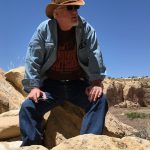
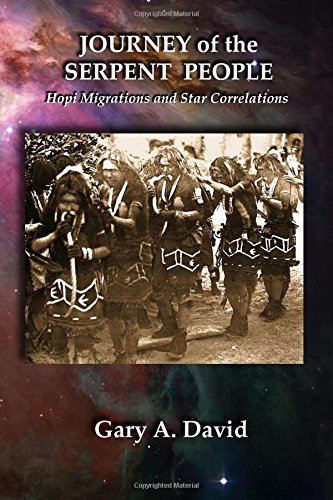






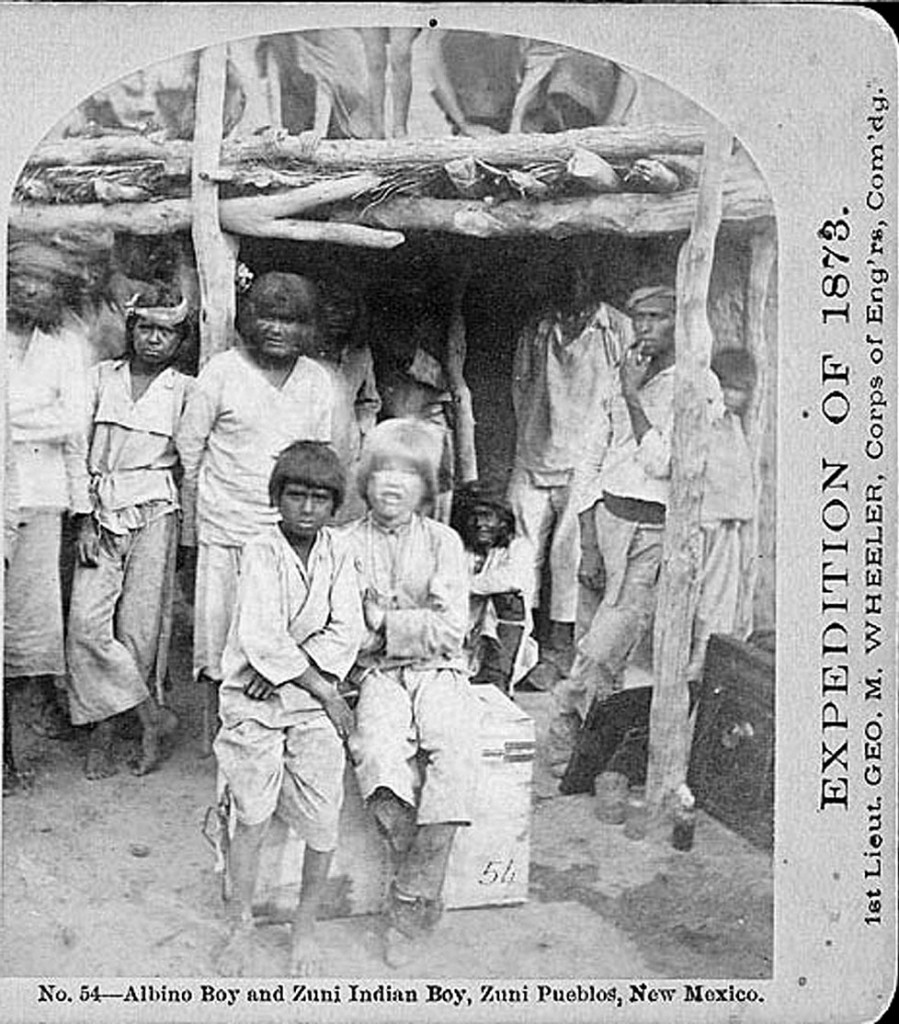
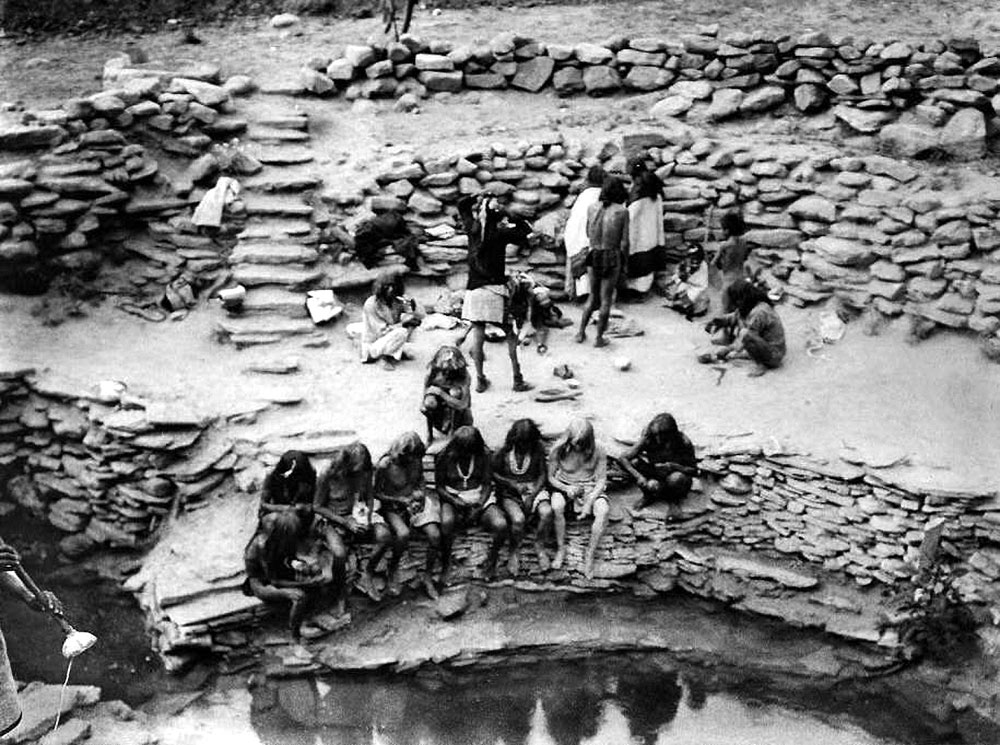
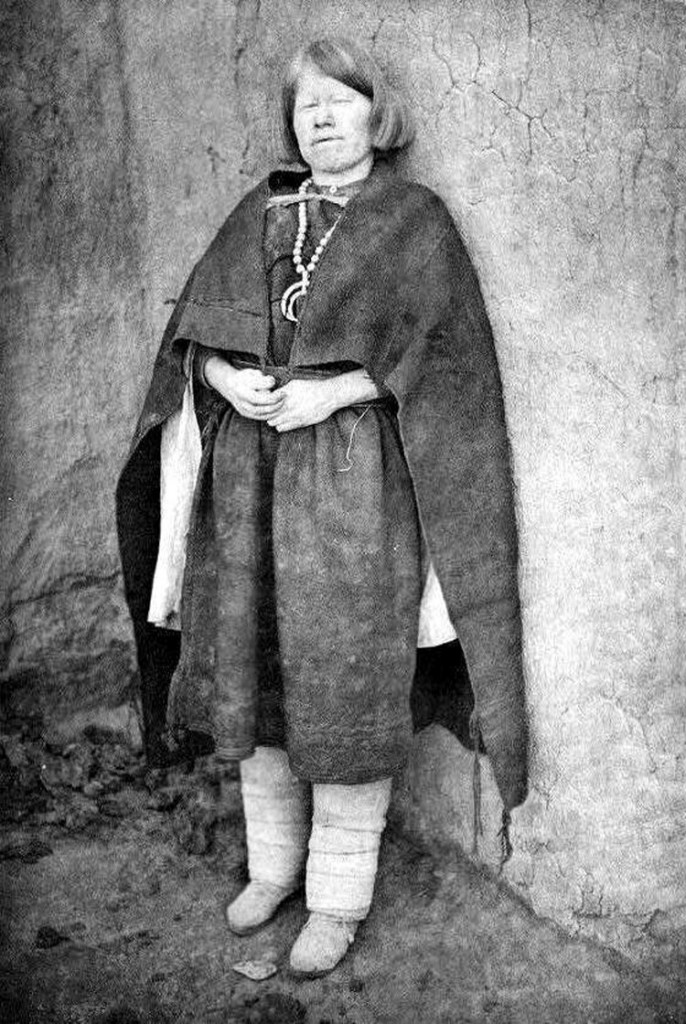
Almost certainly there was never a vast Pacific continent that sank. There is no geologic evidence for it, and continents are made of lighter granitic rocks that “float” on the denser basalt of the lower crust and the olivine of the mantle. However, when sea levels rose suddenly at the end of the last ice age, vast areas of coastal South Asia were flooded, and are now shallow seas.
Mr. David’s genetic evidence is massive and persuasive. Early peoples were probably accomplished sea farers and the Americas were settled mainly by people who crossed the oceans, from NE Asia and SE Asia, and probably some from Europe and possibly Africa. Even conventional researchers admit that basically stone-age people settled the Pacific islands, making long and dangerous ocean voyages to do so.
Very fine article, Mr. David. It sure convinces me of the real possibility of a genetic tie between the Hopi and Polynesians.
Fascinating, the things we are learning from DNA, such as the genetic tie between the Cherokee and Semites: http://ancientamerica.com/anomalous-dna-in-the-cherokee/
I look forward to the widespread release of the underwater photographic evidence for Mu and Atlantis. The bits that I have seen here and there certainly convince me that they were real.
You say that “Mu supposedly possessed an enlightened and highly civilized society with a population of sixty-four million. Until about 12,000 years ago it functioned as the world’s center for education, trade, and commerce,” yet the ancestors of the Hopi escaped by using “reed rafts.” Those two statements seem incongruous – doesn’t compute.